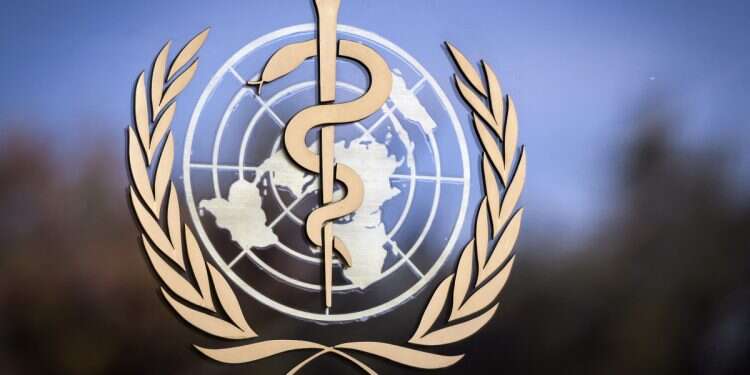A mysterious illness that can kill within 48 hours has claimed 53 lives in the Democratic Republic of Congo's northwest region, The Washington Post reported, creating what health officials describe as "a significant public health threat" to the area.
According to The Washington Post, the World Health Organization has documented at least 431 cases since January featuring symptoms including fever, vomiting, diarrhea, muscle aches, headaches, and fatigue. The disease has demonstrated a concerning mortality rate of 12.3% across two separate villages in Équateur province.
Health investigators traced the outbreak's origin to Boloko Village, where three children under age 5 died after allegedly consuming a bat carcass. These initial victims experienced hemorrhagic fever-like symptoms – including nasal bleeding and blood in vomit – before succumbing between January 10 and 13.
The disease spread quickly thereafter, with four more children from Boloko aged 5 to 18 subsequently dying. By January 27, officials had documented 10 cases with seven deaths in Boloko and two cases with one death in nearby Danda Village. A second wave of the unidentified disease emerged in mid-February in Bomate Village, where investigators identified 419 cases resulting in 45 deaths. The connection between the two outbreaks remains unclear.
"What makes this particularly concerning is the speed at which patients deteriorate," Michael Head, a senior research fellow in Global Health at the University of Southampton said. "The combination of hemorrhagic symptoms and the high mortality rate warrants immediate and thorough investigation."
Laboratory testing has ruled out known deadly pathogens. Samples from 18 cases were sent to the National Institute for Biomedical Research in Kinshasa, all testing negative for common hemorrhagic fever diseases including Ebola and Marburg. "Further laboratory testing is critical to identify the causative pathogen," the WHO stated in its report on the situation.

Health officials emphasize that geographical challenges compound the crisis. The remote location of affected villages combined with Congo's limited healthcare infrastructure "increase the risk of further spread, requiring immediate high-level intervention to contain the outbreak," according to WHO documentation.
This isn't the first mysterious outbreak to hit Congo recently. In December, another unidentified flu-like disease killed dozens in the country's southwest. Investigators later determined those cases were likely acute respiratory infections complicated by malaria and worsened by acute malnutrition among victims.
While such mystery outbreaks occur globally with some frequency, Head said Congo's situation is particularly worrisome. "A genuinely new illness, as we saw with COVID-19, of course can happen but is very rare," he explained. "Usually, it's a pathogen we know about but haven't yet diagnosed in that particular outbreak.
"Typically, such outbreaks are brought under control relatively quickly," Head continued. "However, here, it is concerning that we have hundreds of cases and over 50 deaths, with hemorrhagic-fever like symptoms widely reported among those cases."
WHO officials continue monitoring the situation closely, working with local health authorities to contain the spread while laboratory analysis continues in hopes of identifying the pathogen responsible. The investigation focuses particularly on potential zoonotic transmission, given the reported connection to bat consumption in the initial cases.
Local health workers face significant challenges in containment efforts due to limited resources, difficult terrain, and the rapid progression of symptoms. Public health messaging now emphasizes avoiding the consumption of wild animal carcasses while urging residents to seek immediate medical attention upon experiencing symptoms.




